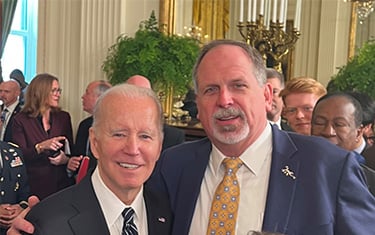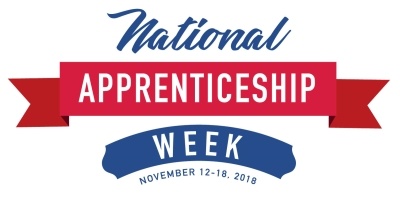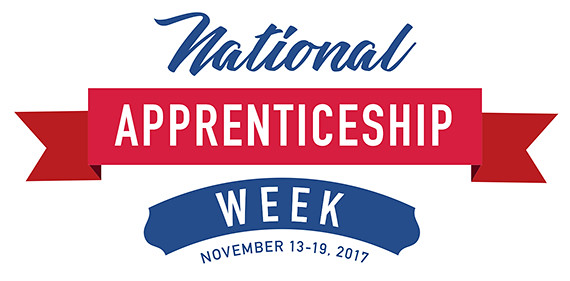GST Reap, IVP Cavey attend Su DOL nomination event
General Secretary-Treasurer Robert W. Reap and Middle Atlantic States Conference International Vice President Brian S. Cavey joined other union leaders at the White House on March 1 as President Joe Biden officially nominated Julie Su to be the next U.S. Department of Labor Secretary.




